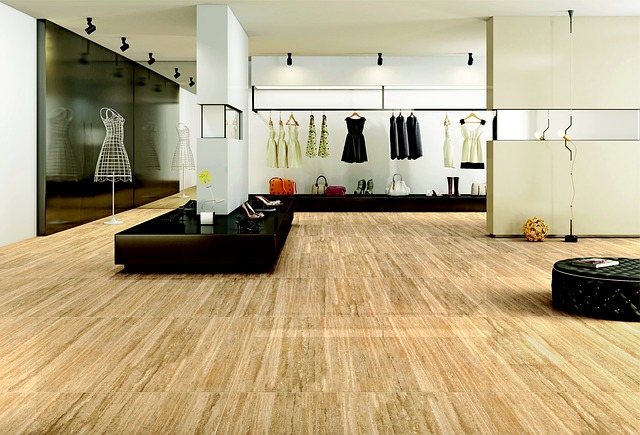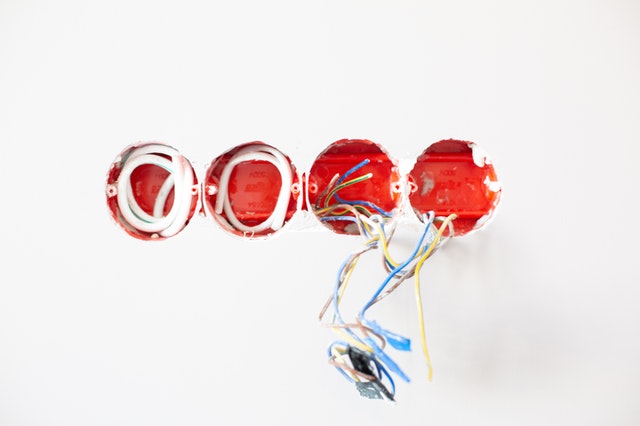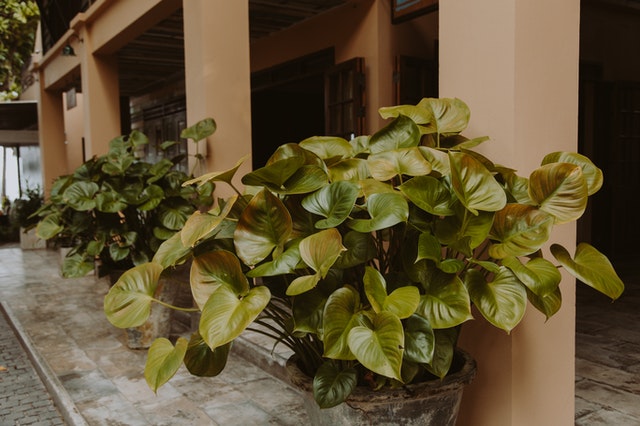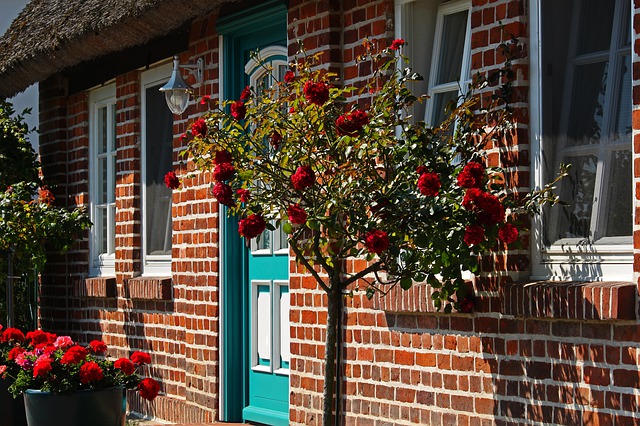The Perfectly Painted House
A Foolproof Guide For Choosing Exterior Paint Colors
Bonnie Rosser krims
The best way to assess a contractor’s estimate is to approximate one yourself . Whether you do your own work or not, you should estimate the amount of time and materials needed. Use these simple guidelines:

Step 1: Calculate the size of the house
| 1. Measure the width of the house. | Run a tape measure along the base |
| 2. Measure the height of the house. | To measure the height of a two- story house, pick a point about half way up, measure to that point, then double the result. |
| 3. Calculate the square footage of the house. | You don’t need to make deductions for doors, as there are only a few. Use common sense to deduct footage for windows. Make adjustments for large surfaces on the house not to be painted. |
Step 2: Estimate Time.
Aside from the actual painting, you need to include time for daily setup, cleanup, breaks, meals, runs to store for materials, and weather interruptions.
| House body | for a painter to roll and brush smooth siding(e.g., clapboard) on a house: for a painter to roll and brush a medium- textured stucco wall: for a painter to roll and brush shingles: | 100-150 square feet(30.5-45.7 m)/hour 200 square feet (61 m)/hour 80-125 square feet (24.4-38.1 m)/hour |
| Windows calculated by the number of panes, or lights, of glass | ordinary sash window:(1 light over 1 light): ordinary sash window:(6 light over 1 light): ordinary sash window:(12 light): | 20 minutes 40 minutes 60 minutes |
| Doors standard sizes | plain: paneled: louvered: | 15 minutes 45 minutes 45 minutes |
| Miscellaneous | louvered shutters, 2 feet by 4 feet (.6 m by 1.2 m) (both sides): simple wrought-railing: decorated wrought-iron railing: simple wooden railing: wide eaves: | 45 minutes 20 linear feet (6.1 m)/hour 100 linear feet (3 m )/hour 15 linear feet (4.6 m)/hour 50 linear feet (15.2 m)/hour |
Step 3: Estimate materials.

Paint coverage depends on the porosity of the surface it is deposited on. obviously, unpainted plaster is more porous than primed wood. The following figures are for a surface of average porosity.
acrylic(latex) paint(square yards/ square meter) primer/ undercoat: 55(46 sq. m) Paint finish coat : 82(69 sq.m) masonry paint(smooth surface): 65(54 sq.m) masonry paint(rough surface): 22(18 sq.m) wood stain : 110 (92 sq.m) | oil- based(alkyd) paint(square yards/ square meter) primer :110992 sq.m) Undercoat :82(69 sq.m) Paint finish coat :92(76 sq.m) oil :65954 sq.m) wood preservative :55( 46 sq.m) varnish :87 (73 sq. m) wood stain :120 (100 sq. m) |
Continue reading on Budgeting the Painting Contract






